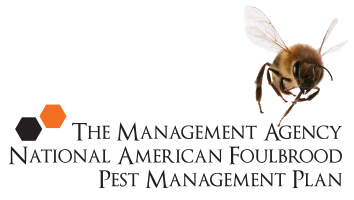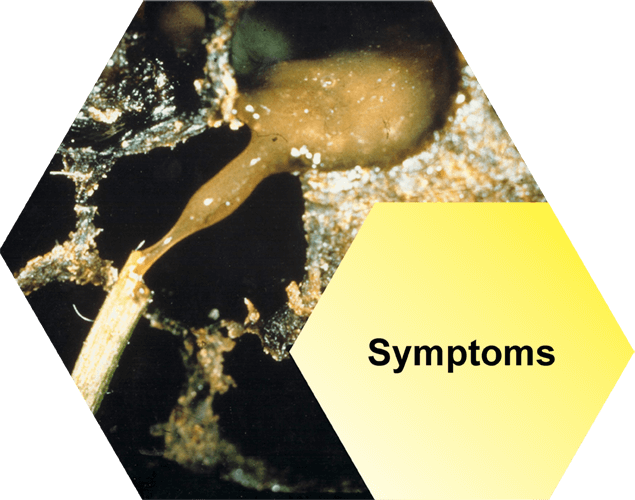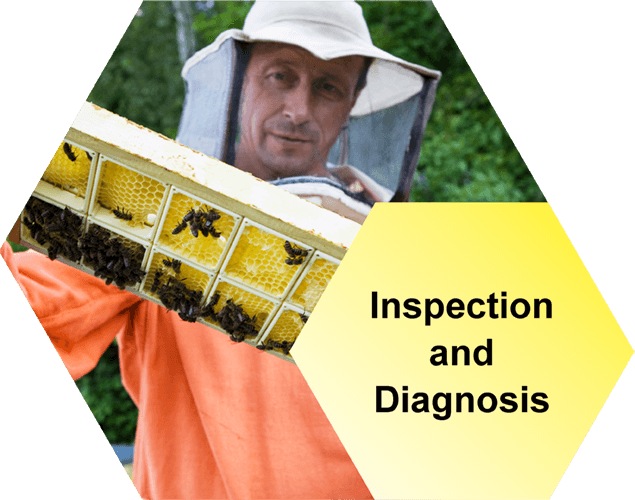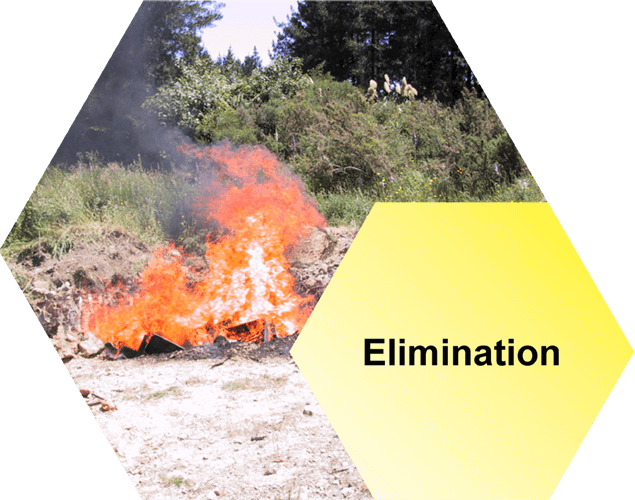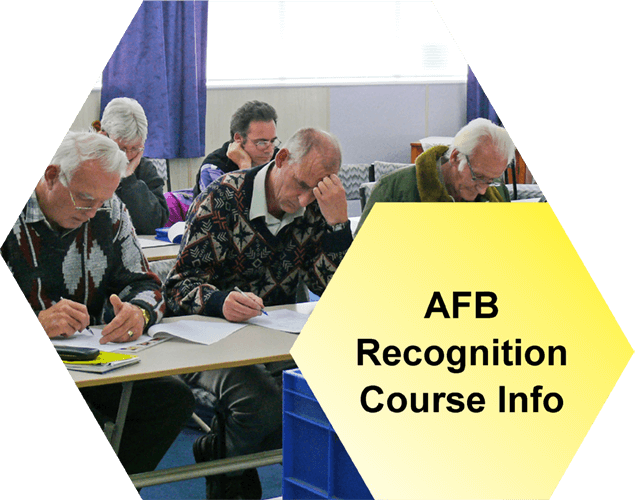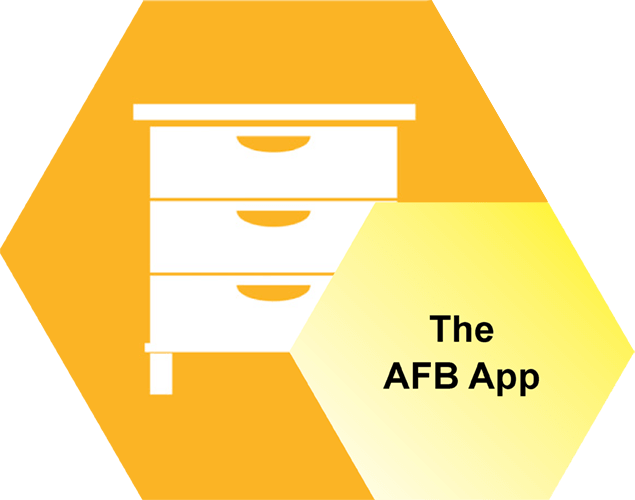Preparing an information sheet to accompany sample
What should be included
The following information should be put on a sheet of paper accompanying the sample:
- Name, address and telephone number, printed to ensure legibility
- Number of sample jars/bags being sent, and the number of hives being sampled
- The code number used to identify each hive and mark each sample
- Description of the AFB symptoms (if appropriate)
- Type of test required
Phone the laboratory before sending anything
Further information may be needed, so it is best to phone the laboratory before sending the sample. Contact the Management Agency for details of laboratories doing AFB testing. Submission forms are available on the National Beekeepers’ Association website, www.nba.org.nz.
Videos
Our videos cover everything from your legal obligations to how to recognise AFB, collecting cell and bee samples and more.
Symptoms
There’s a lot of good information here, telling you everything you need to know about recognising AFB: the visual symptoms, smell of AFB and more.
Inspection and Diagnosis
Successfully eliminate AFB by telling the difference between symptoms of AFB and other brood diseases in the hive. We tell you the best methods for inspecting your hives.
The Law
New Zealand beekeepers have a number of legal obligations that must be met regarding AFB disease. Read the shortened list in summary, here.
Elimination
Most hives become infected because bees, honey or equipment have been put into a hive from another hive that is infected with AFB. Lower your chances of an AFB infection by reading this section.
AFB Recognition Course Info
Find out when the next AFB Recognition and Competency Courses, or Refresher Courses are available. These are held throughout the year in various New Zealand locations across the South Island and North Island.
The AFB App
Follow the link below to open the App. Once open to save to your device you need to bookmark the URL on your phone so you can find it easily again. Please click here to open.
